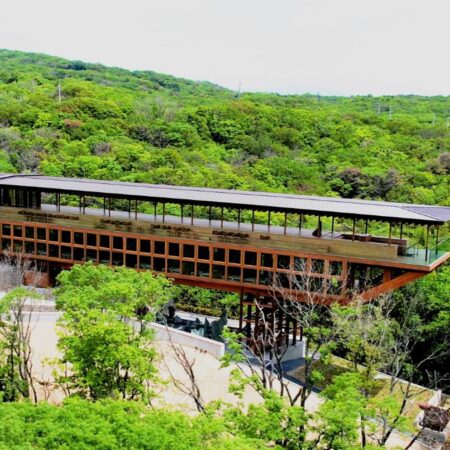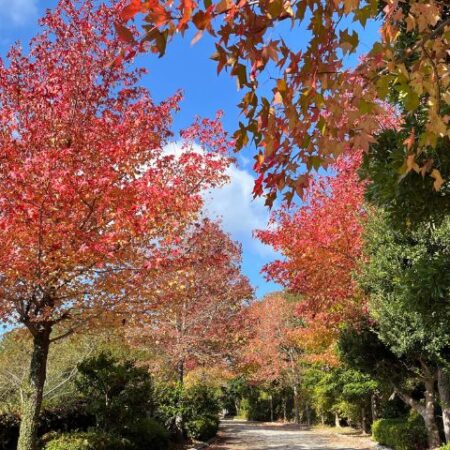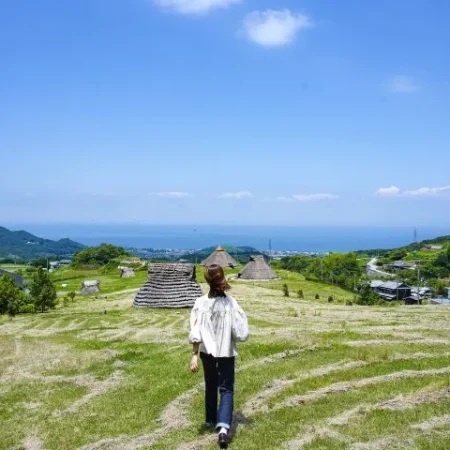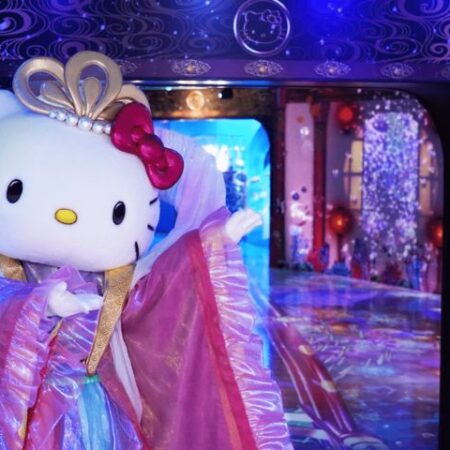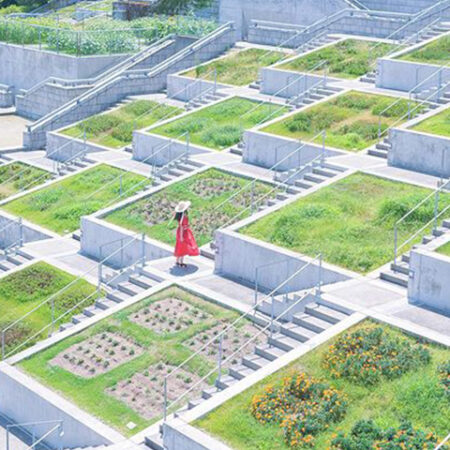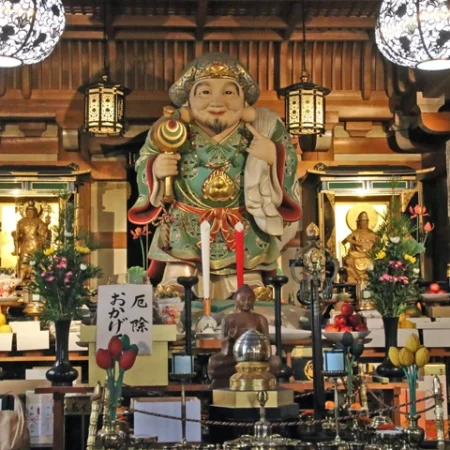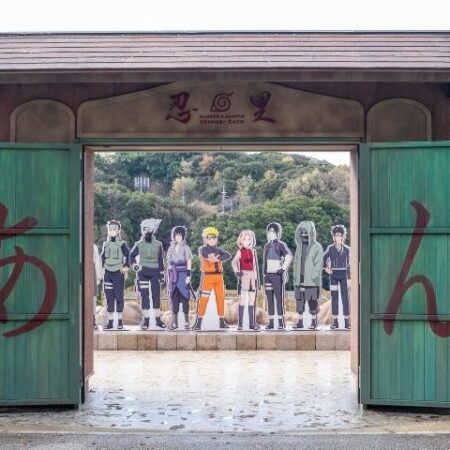Japanese new year tradition differs quite a lot from the western ones. There are no fireworks or waiting for the ball to drop. Instead people spend it with their families and friends and go to a shrine anytime after a clock turns midnight on the New Year’s Eve and usually within the first three days of a new year.
This is called Hatsumode, the first shrine visit of the year, and in this article, we explain all you need to know about it.
Table of Contents
New Year in Japan

The Japanese New Year (正月, shōgatsu) is the most important holiday in Japan. Most businesses shut down from January 1st to January 3rd, and families typically gather to spend the days together. Homes are deep-cleaned, and the entrance gates are decorated with ornaments made of pine, bamboo and plum trees.
On New Year’s eve, toshikoshi soba (buckwheat noodles) are served to symbolize longevity. A more recent custom is watching the music show “kohaku uta gassen“, a highly popular television program featuring many of Japan’s most famous J-pop and enka singers in spectacular performances.
After the year has turned, you are supposed to stay up to watch the new year’s first sunrise (hatsu-hinode), as it is traditionally believed that the Toshigami (the god of a new year) descends with the first sunrise. Therefore, Japanese people pray for happiness and health for the new year by watching the first sunrise.
Also a popular custom is the sending of New Year’s cards, which are specially marked to be delivered on January 1st. It is not uncommon for one person to send out several dozens or even much more of cards to friends, relatives, and co-workers. It is a kind of like the western world sending out Christmas cards.
Hatsumode Tradition: the First Shrine/Temple Visit of the Year

In the first few days of the new year, many people visit a Shinto shrine or in some cases a Buddhist temple. This first visit of the year is known as Hatsumōde (初詣) and is done to say thanks for previous year and pray for health/happiness/fortune for the new year to deities. It literally means “the first (hatsu) shrine visit (mode)”, so in essence hatsumode is to visit a shrine (or temple) to pray for good luck for the new year.
It is said that it is better to visit Hatsumode during the first three days (January 1st to 3rd), at least during the Matsunouchi period. “Matsunouchi” refers to the period during the New Year’s decorations, and there are differences depending on the region. In general, the period is until January 7 in the Kanto region and January 15 in the Kansai region. There are no rules regarding the time to visit, but many people seem to be aiming for the moment the date changes to the first day (January 1st) of the year or early in the morning of the first day.
Hatsumode Omikuji: Fortune for the Year

When visiting a shrine for hatsumode, you can draw an omikuji fortune-telling paper to learn how much luck you’ll have in relationships, health, finances, career, and other areas of your life.
Ema: Wooden Wishing Plaques

Writing your wishes on a wooden plaque called ema (絵馬), which is found at shrines, will have them granted, at least that’s what people hope for. As in the photo, one is supposed to hang it where designated.
Returning Old Charms

It’s customary for people to purchase amulets and good-luck charms (お守り omamori) at the start of the new year. By bringing charms purchased in the previous year and returning them to deities enshrined at the shrine or temple, your items will be purified and burned as the deities inside the omamori return to where they came from.
Where to do Hatsumode on Awaji Island?

The absolute best place to experience Hatsumode on Awaji island is the Izanagi Jingu shrine. As it is the most famous shrine, being the home to the main god Izanagi, the new year’s celebration is enormous. The night-time shrine turns into a full matsuri (festival) with food stalls and games to play. People line up to make their way to the inner shrine to pray and draw omikujis. It might be a bit difficult to find a parking space near the shrine so be ready to leave your car further from the venue.
Closing
For those who wish to know more on what to do on Awaji Island besides New Year’s celebrations, check out our other articles on what to do on Awaji in December and winter family trip ideas for Awaji Island.




